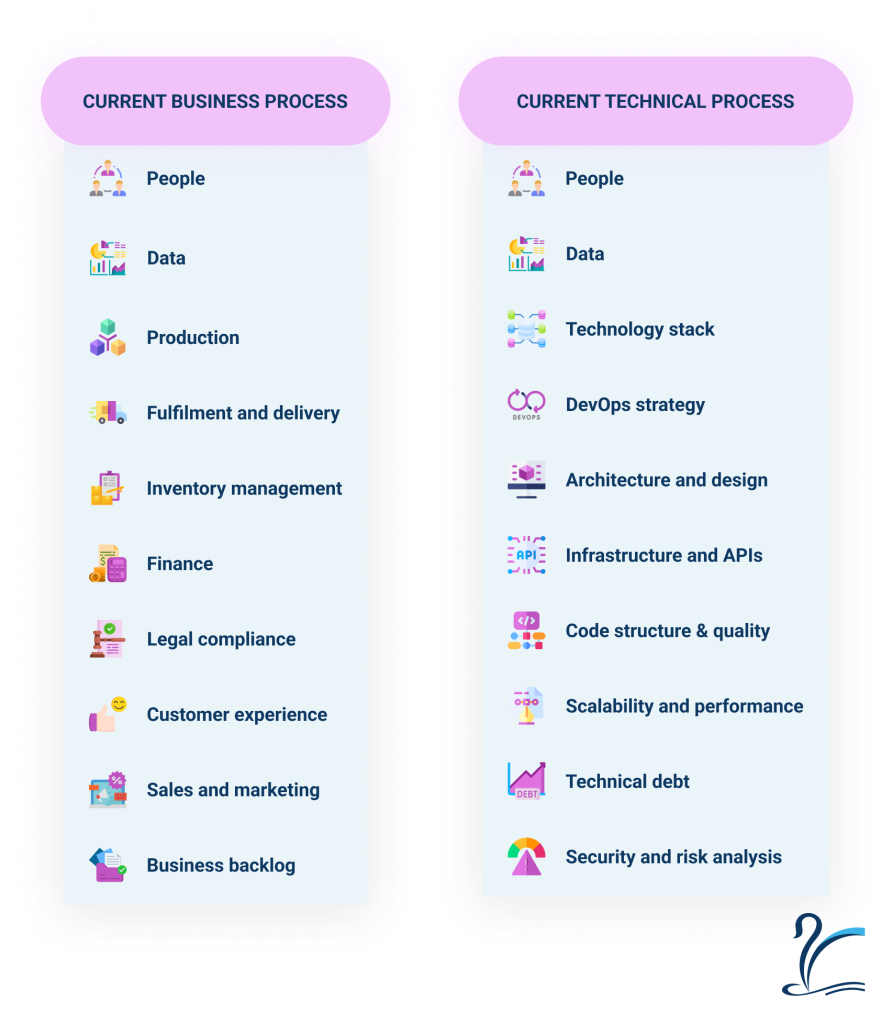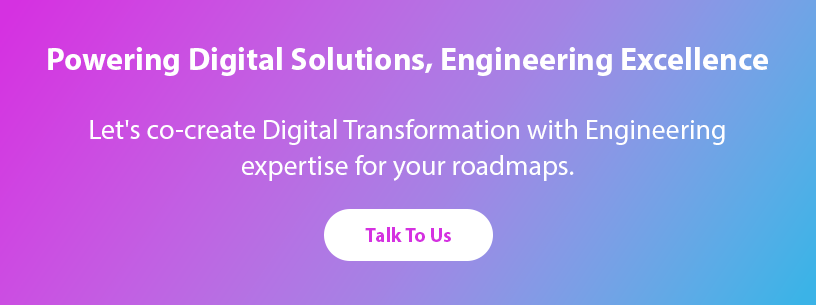Understanding your current processes is essential for success in today’s ever-changing business environment, whether a start-up or an established business.
The latest Statista reports forecast that more than half (53.3%) of the global GDP will be contributed by digitally transformed organizations in 2023, and the global investment in transformation is expected to almost double between 2022 and 2025. With these huge investments comes the onus to go for transformation responsibly by profoundly understanding the existing processes.
Understanding how your business works can help you stay ahead of the competition. Taking the time to analyze and understand your processes can help you identify areas of improvement and new opportunities that you may have otherwise missed. With the right understanding, you can make more informed decisions and develop strategies to help your business reach its goals, improve customer satisfaction, increase efficiency, and boost your overall business success.
What is AS-IS Process Understanding, and What Does it Include?
The as-is process understanding is an analysis and evaluation of the current processes within your organization. It’s about understanding how your business and technologies work, where the inefficiencies are, and where the opportunities for improvement lie. It also helps you identify how your processes impact the customer journey.
Processes are widely broken into business and technical processes that include discovering a variety of areas related to people, data, technology, DevOps, architecture and design, infrastructure, code, production, fulfilment, delivery, inventory management, finance, legal compliance, customer experience, sales and marketing.

Benefits of Understanding Your Processes
- Long-term benefits – Understanding your current processes (as-is) can help you better understand your customers’ needs and wants. This can help you identify opportunities to improve your product or service offerings. It can also help you identify opportunities to improve your internal operations to better serve your customers by making informed decisions about improving processes and implementing new strategies and technologies to improve outcomes.
- Short-term benefits – By understanding your processes, you can identify areas of improvement that you can address in the short term. This could include reducing lead times, increasing quality control, or reducing labor costs. You can use this information to develop an improvement strategy to help you achieve your long-term goals and opt for strategic transformation.
Identifying Areas of Improvement
As you understand as-is processes, you may find areas to improve. These include customer experience, technology stack, architecture, infrastructure, operational efficiency, and product quality. You may also find opportunities to expand your product or service offerings.
Planning for Strategic Transformation
When planning for transformation, these are also the areas where you’ll likely find the most opportunities for improvement. Thus, the as-is understanding of these processes becomes vital to the Functional, technical and Process due diligence performed before going for transformation.
Developing a Process Understanding Strategy
It can be overwhelming to understand all the processes together. So, a process understanding strategy can help prioritize the tasks needed to understand the processes with due diligence. The following steps can act as a guide to understanding the processes:
- Preparation
- Kick-off call
- Documentation screening
- Scheduling Live meetings
- Follow-up
- Report
First, you must prepare to understand the processes by thoroughly understanding your competence and assessing all the risks. A kick-off call with the due diligence team helps introduce these and the stakeholders and staff. Next, you need to share the existing documents related to the product or service with the due diligence team so that they can have a deeper understanding of the business and technical processes of the product or service. Later, you may schedule live meetings with the due diligence team, where they will seek more information in a phased manner by exploring multiple modes of evaluation and follow-ups. Finally, you get the as-is documentation from the due diligence team that you can use to plan further in sync with your business goals.
Best Practices for Process Understanding
Several best practices can help you achieve process understanding seamlessly. They include actively engaging a due diligence partner, involving key stakeholders, and creating a timeline for completion.
- Actively engaging a due diligence partner helps save time and money in the long run as you get expert insights regarding the current scenario and prospects of improvement. This can help you keep up with changing consumer needs and expectations.
- Process understanding isn’t just limited to the operations team when it comes to involving key stakeholders. Instead, it should include the entire business. This can help you identify opportunities for improvement across the board and ensure that your processes are aligned across departments. It can also help you identify areas where different departments may work at cross-purposes.
- Creating a timeline for completion ensures that the process is completed on time so that you can take significant decisions without further delay.
Conclusion
As the business landscape changes and the competition heats up, understanding how your processes currently function is essential for business success. Investing a little time and money to study and assess your current processes provides invaluable insights into what is working, what could be improved, and what needs to be changed.
At Cygnet, we help you fully comprehend your existing processes and identify areas for improvement and cost reduction to ultimately pave the way to make better decisions about your business operations. Visit Cygnet Domain and Consulting section to maximize the use of your resources and your potential for success.











